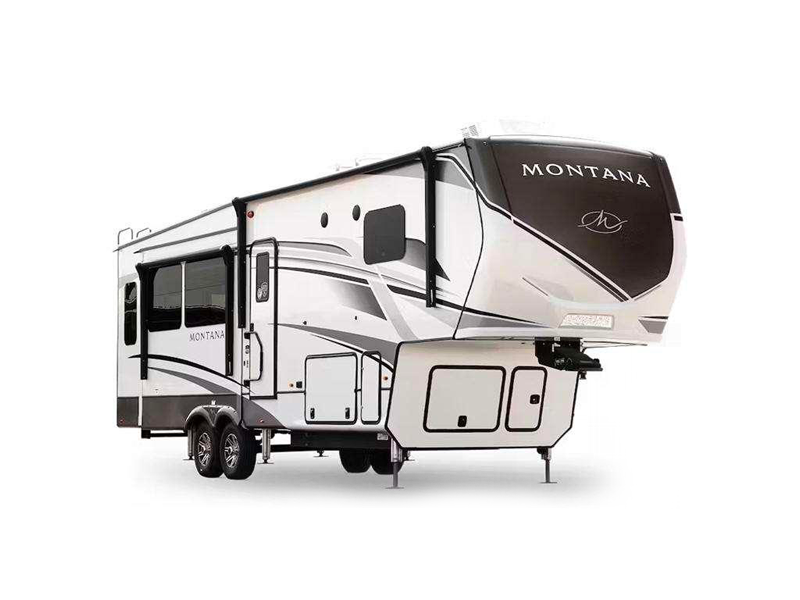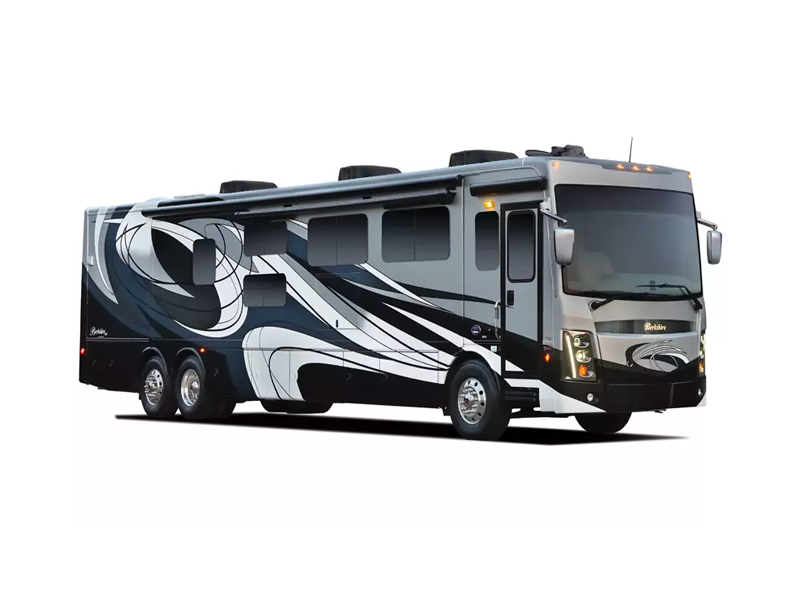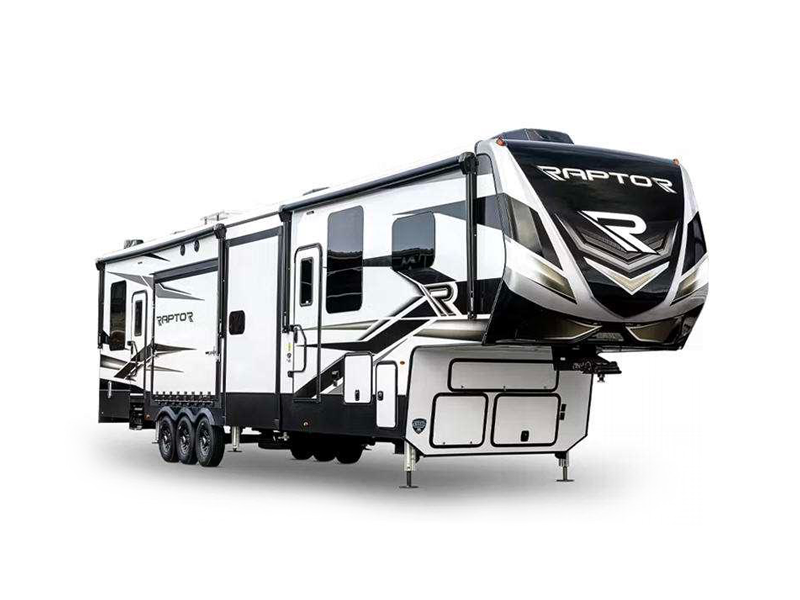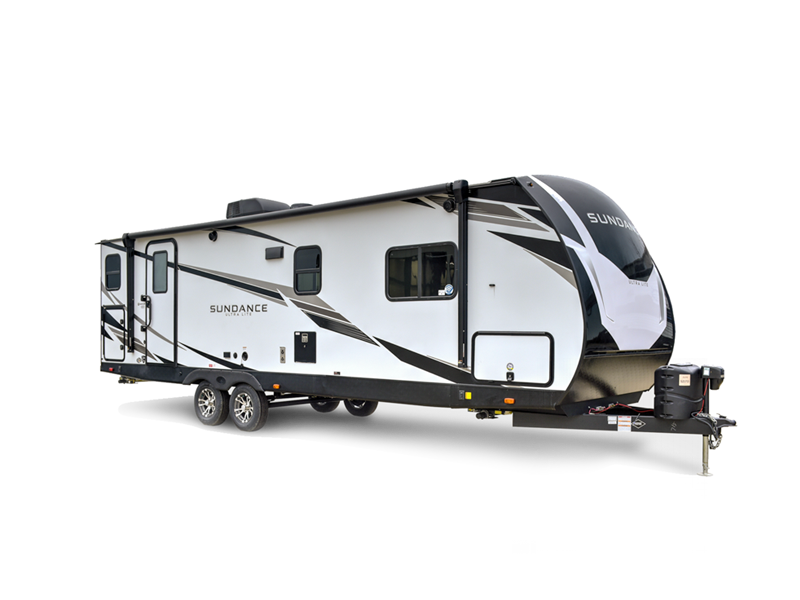Living full-time in an RV is an exciting and liberating lifestyle. It offers the freedom to travel the open road, explore new destinations, and immerse yourself in different environments. However, one important aspect of this lifestyle is maintaining a stable mailing address. Whether you’re receiving important documents, bills, or personal letters, staying on top of your mail is crucial. So, how do full-time RVers manage their mail while living on the road? Let’s explore some reliable options for keeping a permanent mailing address when you’re always on the move.
1. Using a Friend or Family Member’s Address
For many full-time RVers, one of the simplest solutions is to use the address of a trusted friend or family member. This option allows you to maintain a consistent mailing address without the need to rely on third-party services. Your family or friend can collect your mail, sort it, and forward it to you as needed.
Pros:
-
No fees associated with using this method.
-
A familiar, reliable address.
-
Personal touch, as you can ask your friend or family member to send you items on their schedule.
Cons:
-
Your mail forwarding is reliant on someone else.
-
Potential delays in mail forwarding, depending on how often they send it.
-
Not ideal if you don’t have a stable relationship with the person offering their address.
If you’re close to someone and trust them with this responsibility, it’s a low-cost, flexible solution. However, it’s important to stay in regular communication to ensure you’re getting your mail in a timely manner.
2. Using a Mail Forwarding Service
Mail forwarding services are a popular option for full-time RVers who need a consistent mailing address but don’t want to rely on friends or family. These services offer a physical address where your mail is received and then forwarded to wherever you are—whether you’re parked in a campground, visiting family, or exploring a new city.
How it Works:
Mail forwarding services typically provide you with a permanent address. You can request that your mail be forwarded to your current location at regular intervals, or you can pay for individual mail forwarding when you need it.
Pros:
-
You can set up forwarding as often as you like, even daily or weekly.
-
Reliable services that ensure your mail is sent to you no matter where you are.
-
Ideal for RVers who don’t have a consistent “home base.”
Cons:
-
Costs involved—typically a monthly fee for the service, plus additional charges for forwarding mail.
-
Some services may only offer basic mail forwarding, while others offer added features, such as document scanning or storage.
For RVers who travel extensively or want a more hands-off approach to managing their mail, this is a convenient, reliable option.
3. Using a Virtual Mailbox Service
A virtual mailbox service is a modern solution that allows you to receive your mail and packages digitally. These services provide you with a physical address where your mail is received. Instead of forwarding your physical mail, it is scanned and uploaded to an online account for you to view. You can access your mail on any device, giving you the ability to manage your documents remotely, whether you’re in a remote part of the country or across state lines.
How it Works:
When your mail arrives at your virtual mailbox service’s address, the staff scans the envelope and uploads the image to your secure online account. You can choose whether to have the contents of your mail opened and scanned for digital viewing or have it forwarded to your current location.
Pros:
-
Access to your mail anywhere, anytime, from any device.
-
The ability to manage and store your documents digitally.
-
Convenience for RVers who don’t want to wait for mail to be forwarded.
Cons:
-
Fees for service, which vary based on the volume of mail you receive and the level of service you choose.
-
Some documents may need to be physically forwarded if you need them for official purposes (like voting or important contracts).
-
Not all virtual mailbox services accept packages, so you might need a different solution for receiving physical items.
Virtual mailboxes are an excellent option for RVers who prioritize a digital lifestyle and need easy access to important mail while on the go.
4. Using a Post Office Box (PO Box)
For a more traditional option, many full-time RVers opt for a post office box (PO Box). This solution provides a permanent address at a local post office where your mail can be held until you pick it up. While it’s an affordable and dependable solution, it’s best suited for RVers who tend to stay in one area for a period of time.
How it Works:
You can rent a PO Box at a local post office in a location that makes sense for you. When you receive mail, it’s held in your box until you stop by to pick it up. Some post offices also offer package acceptance services, though this can vary by location.
Pros:
-
Low cost compared to mail forwarding or virtual services.
-
Secure and reliable for receiving mail.
-
Ideal for RVers who stay in a specific region for extended periods.
Cons:
-
Not ideal for frequent travelers who are always on the move.
-
You must visit the post office to retrieve your mail.
-
Not all post offices offer package acceptance, and there can be limitations on size and weight.
A PO Box can be a good choice if you have a home base or if you park in a specific area for several weeks or months at a time.
Keeping Your Mailing Address Updated
No matter which option you choose, it’s essential to keep your mailing address up to date with all the relevant organizations, including:
-
Government Agencies: Ensure that your address is updated with the IRS, Social Security Administration, and voter registration office.
-
Financial Institutions: Notify your bank, credit card companies, and lenders of your address so you don’t miss important financial statements.
-
Insurance Companies: Make sure your RV insurance company has your correct address to avoid delays in receiving policy updates or important documents.
-
Subscriptions: Update your address with any magazines, catalogs, or other subscription services to ensure your deliveries arrive at the right location.
Don’t forget to regularly check your mail or online mailbox to stay on top of important documents. The sooner you catch any issues with your mail, the easier it will be to address them without missing deadlines or payments.
In Conclusion: Managing Your Mail While Living Full-Time in an RV
Living on the road doesn’t mean sacrificing the ability to receive important mail. Whether you choose to use a friend or family member’s address, a mail forwarding service, a virtual mailbox, or a PO Box, there are plenty of ways to ensure you stay connected and receive your correspondence wherever your travels take you.
At RV Depot, we understand that full-time RV living is a lifestyle that requires flexibility and organization. That’s why we’re here to help you navigate every aspect of the RV life, including mail management. Ready to hit the road? Let us help you find the perfect RV to fit your adventurous lifestyle.






